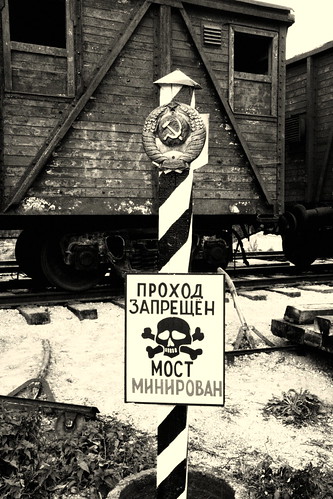
IMG_8422
Tukums is an ancient Liv settlement. The name derives from the Finno-Ugric words Tukku magi – which means a row of hills. The natural beauty and abundance of resources in this entire area makes it clear why the name was chosen. Tukums first appeared in historical chronicles in 1445. The town was formally founded in 1798.
Check out the Tukums castle mound and Karatavu or Kapu (Cemetery) hill. Then look for the rooster and cross topping the steeple of the Lutheran church built in 1670. Nearby is the Durbes castle, which was built in 1820 by the Swiss Janis Berlics. Then go on to Milzu (Giant) hill, the highest elevation in the region. The view of the Baltic Sea is superb.
Back in town, the Tukums Regional Studies and Art Museum has collected notable works by Latvian artists from the 1920's and 1930's. The collection was established in the 1930's and fortunately, escaped the destruction of World War II. On display are the works of many famous Latvian artists, including Vilhems Purvitis, Voldemars Tone, and Janis Rozentals. Contemporary artists – Leo Svempa, Karlis Neile, Otto Skulme, Janis Pauluks, and others are also featured.
While you're in the Tukums region, stop by the Jaunpils castle, built at the end of the 14th century, and the Lutheran church complex that dates back to the 15th/16th centuries. Restoration work is underway on both. The roof of the church was rebuilt in the summer of 1987, and a rooster sculpture was replaced on the steeple. The castle is presently being used as a restaurant, dormitory, and movie theater.


Comments